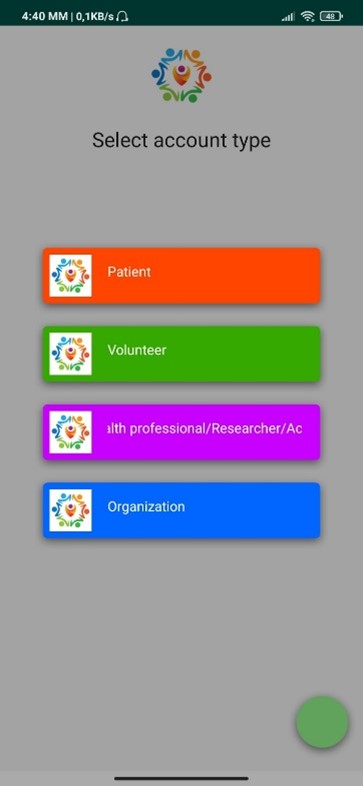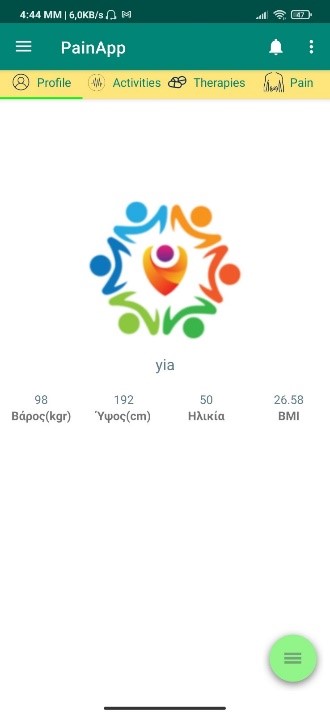People trying to manage chronic pain face a tremendous stigma, and the end product of the stigma is that patients feel hurt, ashamed, and angry. It puts them on the defensive and can break confidence. Isolation and loneliness are common situations for these people. It warrants an effort by patients and providers alike to address the problem of chronic pain stigma.
The StigmApp solution addresses this important need. It follows a highly user-centered design and methodology to meet the diverse needs of the targeted end users.
The main goal of StigmApp is to address the various facets of stigma associated with chronic pain. To this end, several features will be developed for different stakeholders. Patients, the general public, patient organizations, researchers, academics, healthcare professionals, and companies working in the field of chronic pain will work with StigmApp toward a common vision: minimizing or eliminating stigma.
StigmApp is a mobile application that serves the needs of diverse users. A user-friendly environment facilitates the registration process (Figure 1).
The graphical user interface and functionalities are highly personalized according to the user type. For example, after entering basic data, the platform calculates BMI and offers a range of options for the patient.
According to the menu options in Figure 2, the patient can either edit their profile, provide details about their lifestyle and activities, enter data about treatment plans and medications received, or add details about pain points and symptoms. More and different options are provided for the other user categories. The final solution is still under development.
After receiving the BMP Grant in 2020, the plan is to apply it to different populations in real-world conditions to make a significant contribution to stigma reduction in the target population.


Figure 1. The different types of users Figure 2. Patient options
